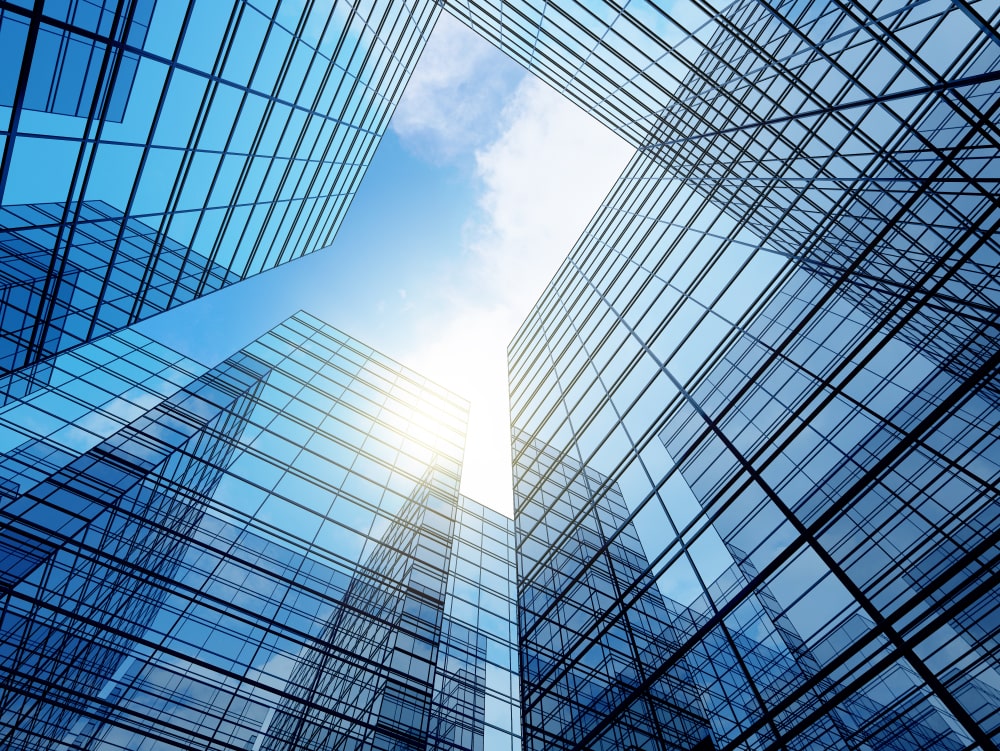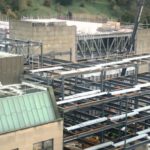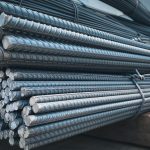Sector - Sustainability
It pays to build high – championing steel for high-rise construction

Cost control in building design and construction, whilst maintaining high design and environmental credentials are key factors in a very competitive marketplace with low margins, says Olivier Vassart, CEO at Steligence®.
The construction process and materials play a vital role in managing efficiency throughout the whole lifecycle of a building and if the right constructive solutions are used early can achieve significant cost savings.
Steel is used widely in the UK especially in commercial high rise buildings and with its ability to cover larger spans and lighter weight foundations and cladding (which can together make up to 70% of a building’s cost) can deliver substantial savings.
Concrete is still a preferred choice for many building parts, however as the cost of concrete continues to creep up and reports state that we’re running out of sand, steel is seeing a resurgence in popularity.
The construction industry already uses large quantities of steel, consuming half of all steel produced worldwide, ultimately representing the largest market for steel.
Nevertheless, a significant part of this steel is used as reinforcement for concrete structures. Growing sustainability concerns could justify increasing the use of steel solutions versus concrete reinforcement even further as unlike other materials it can be re-used.
To determine whether an increase in steel products is viable from a cost and sustainability standpoint, responsible decision makers must be able to assess construction alternatives using an objective methodology that allows for unbiased comparisons between options.
ArcelorMittal launched Steligence® following a robust and objective assessment, comparing building construction options and found steel significantly reduced the cost of construction when integrated into the design process from the outset.
The Steligence® team compared the impacts of a number of different construction options and established how steel could deliver significant cost savings over the entire lifecycle of a project, measuring the impact of a building from the manufacturing stage all the way through to the disposal and re-using of materials.
Reducing costs in the long-term
Starting with the foundation: The weight of a building also contributes to the cost of the building foundation. Steel structures can be significantly lighter than other building materials used for the same purpose.
In addition to that, widely spaced columns reduce the number of foundations, simplifying the substructure construction and reducing cost.
Weight savings in the structure and the absence of intermediate columns result in a building that is 50% lighter than that of a baseline scenario using concrete, thereby reducing the foundation cost alone by at least 34%.
The use of ArcelorMittal Angelina® beams and Cofraplus® 60 flooring reduces the height of each floor, this shortens the height of the building by around one floor every seven floors, resulting in cost reductions for the façades, staircases, stabilization cores and lifts, the most expensive elements in a building.
Meanwhile having lighter, off site fabricated steel sheets instead of common concrete hollow slabs, means that each floor of a building can be erected up to twice as fast, resulting in a 24% cost saving during construction. The cost savings here are down to the best use of staff resource, less crane rental time, and equipment rental and construction site operations such as temporary installations and health-and-safety equipment.
In terms of operational savings, heat loss in a building is a major contributor for increased energy consumption therefore the height reduction also improves the energy efficiency.
Because steel does not require intermediate columns, the configurability of the space is greatly improved, and this makes the building more flexible and can be adapted to suit the changing requirements of occupiers over time.
Flexibility is of growing importance in the property sector, with fast-changing occupier needs requiring buildings to adapt easily to their needs. This level of flexibility is integral for property developers and architects, who start designing buildings with layouts that can evolve to serve different purposes over time.
Green from the start
Sustainable construction has never been more pressing, with many governments working towards net-zero carbon emission targets. The construction sector is currently responsible for more than 40% of global carbon emissions, and this does not take into consideration the waste carbon produced during the process of manufacturing the materials used for construction.
Our research found that Steligence® can reduce the environmental footprint of a building by 16%. These reductions result primarily from a large weight reduction in framing, floor and façade as well as the use of greener materials.
Most of the negative environmental impacts are created as a by-product of the production process, and the biggest improvements are due to steels easy recyclability as it requires less energy than other products such as aluminium.
Another important factor particularly in dense urban environments is a reduction in site traffic by employing large-capacity steel deck trailers rather than smaller flat-bed trailers used for concrete slabs.
As a result, construction requires fewer trucks, thereby reducing site traffic and lowering transportation costs by 34%. This will lead to reduced noise levels, CO2 emissions and dust creation, which can also improve the chances of securing planning permission.
Steel is the future of construction
Overall using steel during the construction of buildings ensures significant cost savings across the whole lifecycle of a project. Thanks to it providing optimal space and height, cost savings of 11% on average can be made across the façade, stairs and core elements alone.
If you would like to read more articles like this then please click here.
Related Articles
More Sustainability News
- Major boost for mine water heat revolution
29 Jul 25
New study shows 87% of coalfield boreholes succeed.
- Plan to kickstart onshore wind revolution
17 Jul 25
Onshore wind is set to accelerate over the second half of the decade.
- Homes England supports Greencore Homes with new sustainable homes
16 Jul 25
Homes England will provide funding to support the delivery of Milton Heights.






